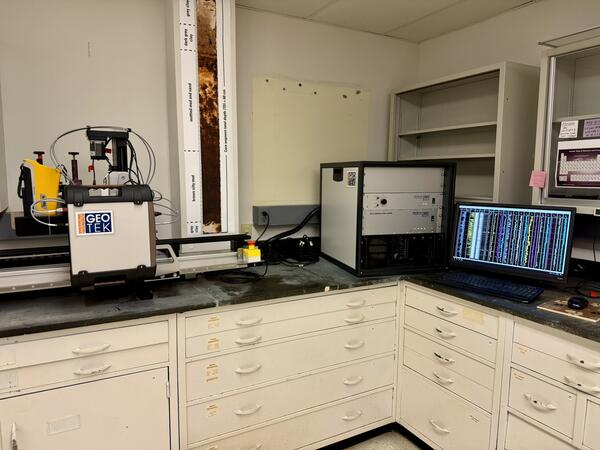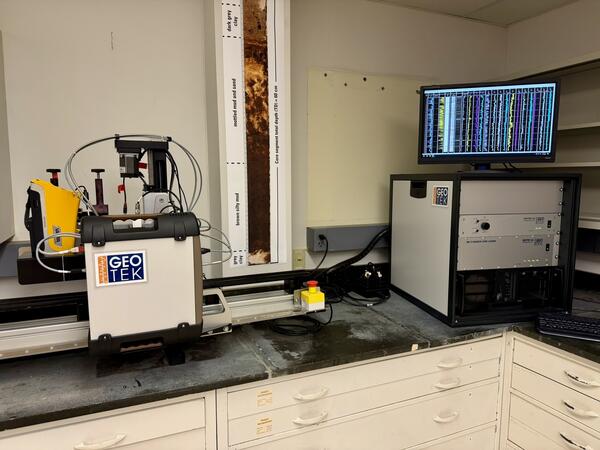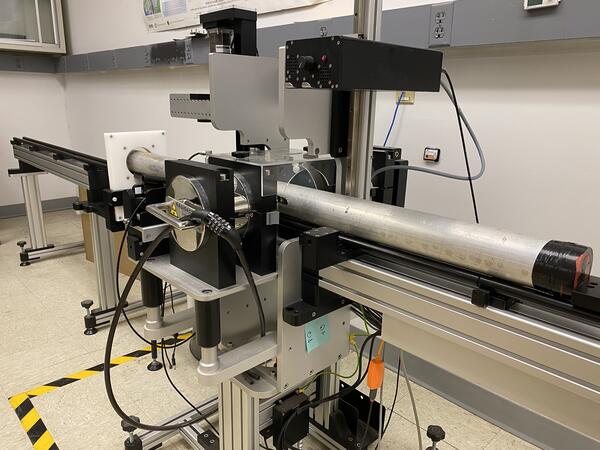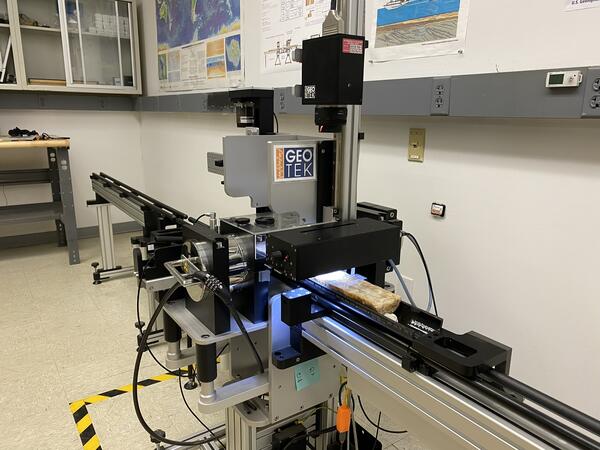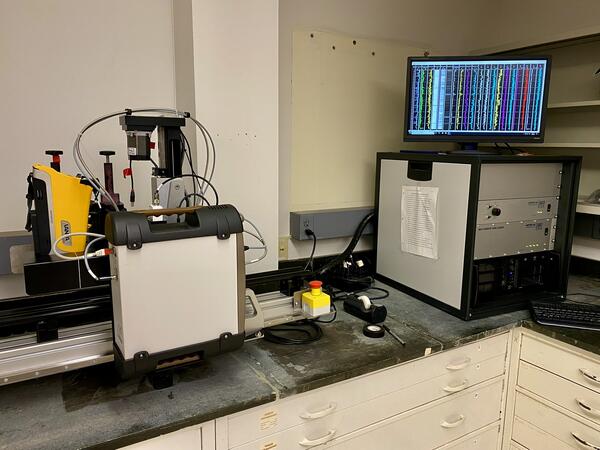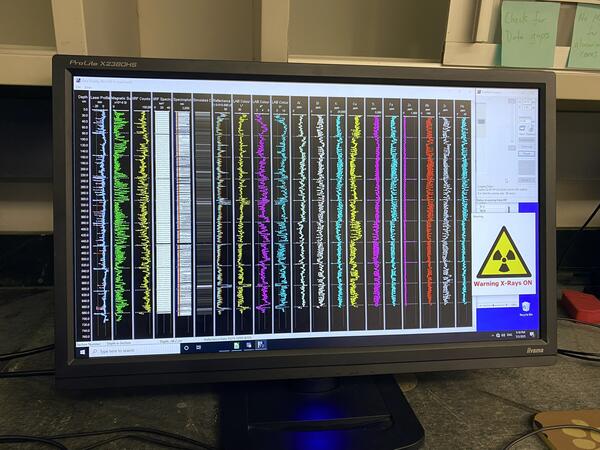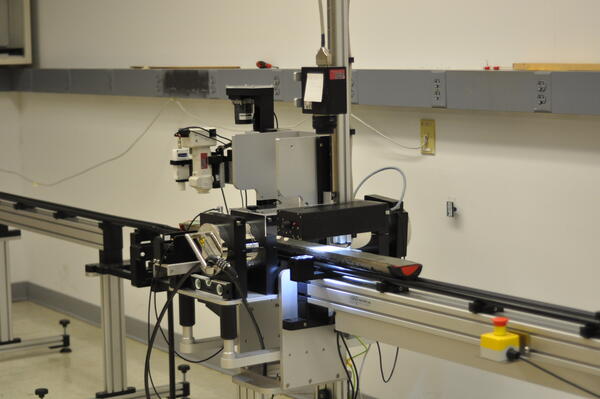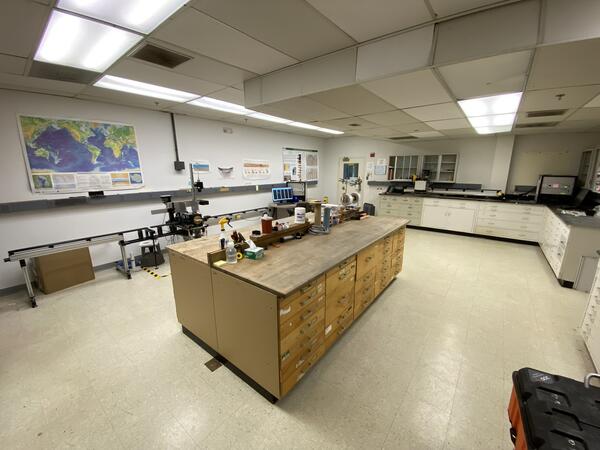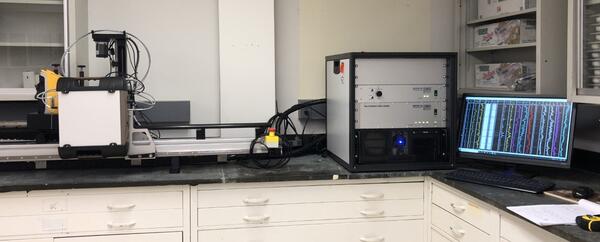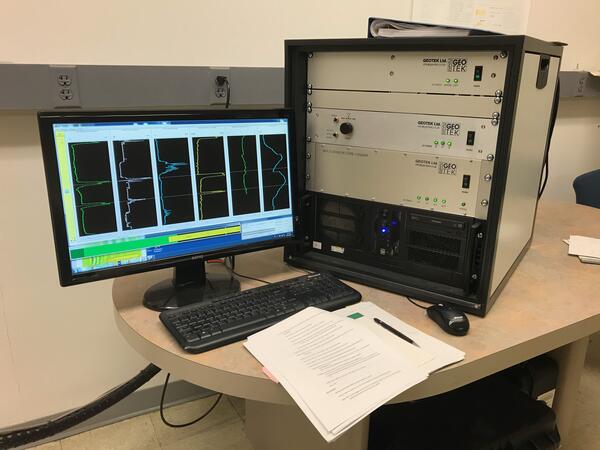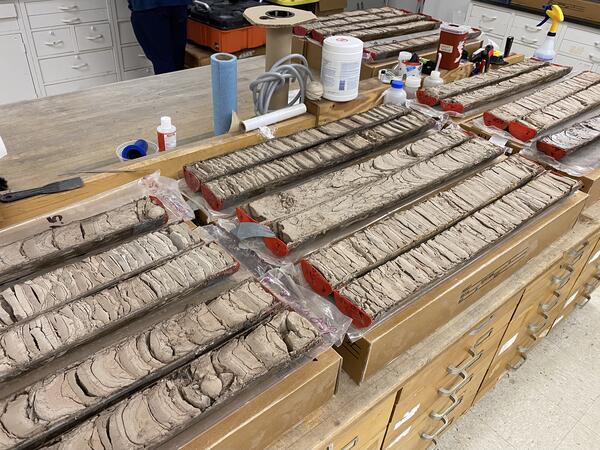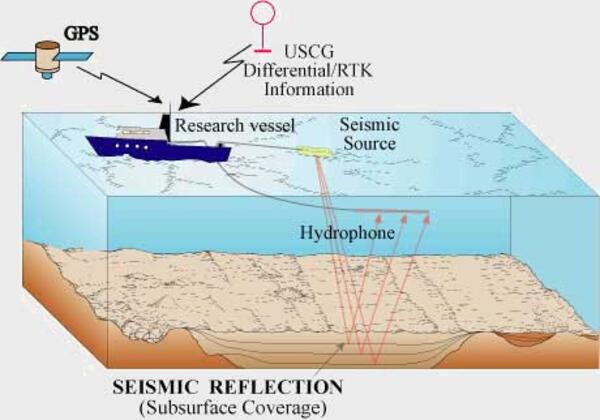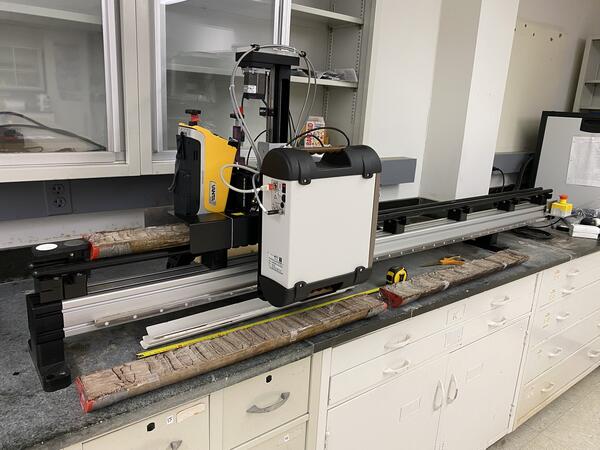I am a geologist at the Florence Bascom Geoscience Center in Reston, Virginia, where I work on the USGS Quaternary Geologic Mapping of the Glaciated Regions Project with Dr. Brandon Graham and other USGS scientists. Our research focuses on applying methods in stratigraphy, sedimentology, chronology, and geophysics to conduct Quaternary geologic mapping and associated research projects. These mapping and research efforts aim to address societally relevant issues and inform decisions surrounding aggregate resources, water security, and infrastructure for national defense.
At the USGS in Reston, I manage two laboratories: (1) the Bascom Multi-Sensor Core Logger (BASCORE) Laboratory, which houses state-of-the-art GeoTek core logging equipment used to collect high-resolution line-scan images and geophysical and geochemical measurements on sediment and rock cores; and (2) the Bascom Laser Diffraction Sedimentology Laboratory, which houses instrumentation for laser diffraction particle size analysis, portable X-ray fluorescence, sieving, and microscopy. These laboratories support a wide variety of geologic mapping and research applications. For more information, please visit the respective lab websites.
I joined the U.S. Geological Survey in 2018 during my time at James Madison University as an undergraduate student trainee via the Pathways program, and became a full-time researcher in 2023 after completing my master's degree at North Carolina State University.
Employment
2018 - present: U.S. Geological Survey (USGS), Florence Bascom Geoscience Center, Reston, Virginia.
- Quaternary Geologic Mapping of the Glaciated Regions Project (2024-present)
- Glaciated Regions Geologic Mapping Project (2022 - 2024)
- Great Lakes Geologic Mapping Project (2019 - 2022)
- Geology of the Appalachian and Illinois Basins (2018 - 2019)
2020 - 2023: Graduate Research / Teaching Assistant, North Carolina State University, Department of Marine, Earth, and Atmospheric Sciences, Raleigh, North Carolina.
- Master's Thesis: "Interpreting seismic reflection imagery to reconstruct late Quaternary earthquake history at Lake Crescent, Washington, USA." Advisors: Dr. Elana Leithold & Dr. Karl Wegmann
2017 - 2019: Undergraduate Laboratory Assistant, James Madison University, Department of Geology & Environmental Science, Harrisonburg, Virginia.
- Honors Thesis: "Grain size and vegetation as controlling variables for stream channel morphology." Advisor: Dr. L Scott Eaton




